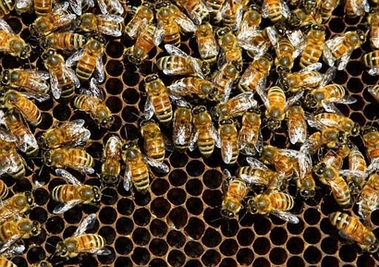 Oddly, given the emphasis on exposure and challenge in today’s world of outdoor sports, New England’s steepest hiking path no longer exists. The Adams Slide Trail, last included in the White Mountain Guide in 1967, ascended 2300 feet over 1.25 miles.
Oddly, given the emphasis on exposure and challenge in today’s world of outdoor sports, New England’s steepest hiking path no longer exists. The Adams Slide Trail, last included in the White Mountain Guide in 1967, ascended 2300 feet over 1.25 miles.The Adams Slide Trail went extinct around the time that the backpacking boom was taking off. Its isolation, deep within the Great Gulf Wilderness (and invisible except from Mts. Washington and Clay), kept traffic minimal, in stark contrast to Tuckerman and Huntington Ravine Trails on the east side of Washington. It was too steep for any but the most experienced to use on a serious backpacking trip.
The trail was always difficult to maintain, right back to its cutting in 1909 by Warren Hart. Unlike the better-known J. Rayner Edmands, whose gradual, winding paths were a testament to his belief that hiking should be a civilized endeavor, Hart sought the summit by the quickest means possible. In some places, the Adams Slide Trail climbs at 45 degrees. Rockfalls inevitably took a heavy toll.
The Adams Slide Trail is only one of several trails Hart built in the Great Gulf. Indeed, during that summer of 1909, another of his crews completed the Six Husbands Trail, named for an apparently insatiable Indian Princess. Ascending a rare (for the Whites) arete—one of Mt. Jefferson “knees,”—the Six Husbands Trails is one of the steepest, wildest, and most beautiful trails in the northeast. Like the other evocatively named trails Hart built in this giant glacial valley—the Sphinx, Buttress, and Wamsutta (one of the six husbands) Trails—the Six Husbands Trail feeds into the region’s hiking thoroughfare, the Great Gulf Trail, which itself makes a long and exposed climb up the Great Gulf’s headwall.
Since the AMC stopped maintenance, a trickle of hikers have continued to use the Adams Slide Trail, drawn by its steepness and historical interest. While blowdowns and thickets are major obstacles, particularly near the lower junction with the Buttress Trail, old red paint blazes are still visible below treeline. A surprising number of cairns still stand in the alpine tundra, marking the way up over Mt. John Quincy Adams before petering out just before the true summit.
Now that the Great Gulf is officially wilderness, the chances of the Adams Slide Trail reopening are nil. But that’s probably for the best—it’s good to have challenges like this when the beaten paths become a bit too familiar.
Photos: The Northern Presidentials - Adams is in the sun, with the slide directly below the summit but down about one thousand feet; Looking up at Jefferson’s Knee from the Great Gulf Trail.









